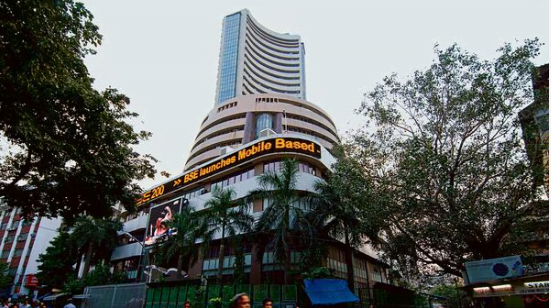Introduction To Special Live Trading
The Indian stock market is hosting a special live trading session today, organized by the National Stock Exchange (NSE) and the Bombay Stock Exchange (BSE). This unique event will feature an intraday transition from the Primary Site (PR) to the Disaster Recovery Site (DR) in both the Equity and Equity Derivatives Segments. The initiative underscores the exchanges’ commitment to maintaining robust disaster recovery and business continuity plans, as mandated by the Securities and Exchange Board of India (SEBI). This article delves into the details of the special trading session, its timings, purpose, and what it means for traders and investors.
Timings of the Special Trading Session
The special trading session is split into two distinct phases:
Phase One: This session will run from 9:15 IST to 10:00 IST.
Phase Two: Following a brief intermission, the second session will take place from 11:30 IST to 12:30 IST.
These sessions are designed to thoroughly test the operational readiness of the disaster recovery infrastructure under real-time market conditions.
Purpose of the Special Trading Session
The primary objective of this special trading session is to evaluate the preparedness of the BSE and NSE in handling significant failures or interruptions at their main sites. Special Live Trading This exercise is part of their adherence to SEBI’s framework for a Disaster Recovery Site (DRS) and Business Continuity Plan (BCP). By conducting such drills, the exchanges aim to ensure that robust backup plans are in place to safeguard against potential disruptions. Special Live Trading This proactive approach is critical for maintaining investor confidence and ensuring seamless market operations during unforeseen events.
Details of the Intraday Transition
During the special trading session, the BSE and NSE will perform an intraday switchover from their Primary Site (PR) to the Disaster Recovery Site (DR). This transition involves complex processes to ensure that all trading activities continue without interruption. The successful execution of this switchover is vital to demonstrate the exchanges’ ability to manage and recover from operational disruptions efficiently.
Announcement by BSE and NSE
Both the BSE and NSE have issued official statements and circulars regarding the special trading session. They have provided detailed instructions to trading members, Special Live Trading emphasizing the importance of participating in the session to ensure preparedness. The exchanges have outlined the schedule and operational guidelines to be followed during the transition.
Price Bands for the Special Trading Session
According to the BSE circular, a maximum price band of 5% will apply to all securities, including those with derivative products. Securities currently within the 2% or lower pricing ranges will remain within those bands. Special Live Trading Additionally, closed-end mutual funds will also be subject to the 5% price band. This measure is intended to maintain market stability during the special trading session.
Operational Guidelines During the Session
During the special trading session, the following operational guidelines will be in effect:
Daily Operating Range for Futures Contracts: A 5% daily operating range will be applied to all futures contracts.
Flexing of Securities and Futures Contracts: No flexing will be applicable on this day.
Reference Price Range for Pre-Open Session: The price bands applicable at the start of the day at the PR site will continue at the DR site, ensuring consistency in pricing.
Impact on Traders and Investors
Traders and investors can expect some variations in market behavior due to the special trading session. It is essential for market participants to be aware of the session timings and operational guidelines to navigate any potential challenges effectively. Special Live Trading Proper preparation and adherence to the provided instructions will help minimize disruptions and ensure a smooth trading experience.
Role of Disaster Recovery in Financial Markets
Disaster recovery mechanisms play a crucial role in ensuring the operational continuity of financial markets. By simulating major failures or interruptions, exchanges can test and validate their backup systems. This capability is critical not only for the exchanges but also for the broader financial ecosystem, as it ensures that trading activities can continue smoothly during unforeseen events, thereby protecting the interests of investors and maintaining market stability.
Expert Insights
Market experts emphasize the importance of such disaster recovery drills. According to industry analysts, these exercises are essential for testing the resilience of the financial infrastructure. Past disaster recovery drills have shown that regular testing helps identify potential weaknesses and improve overall preparedness. Experts agree that the proactive approach of the BSE and NSE in conducting these sessions is commendable and necessary for maintaining a robust financial system.
Conclusion
Today’s special live trading session by the NSE and BSE is a critical exercise in ensuring the operational readiness of their disaster recovery systems. By conducting this intraday transition, the exchanges are taking significant steps to safeguard against potential disruptions, thereby maintaining market stability and investor confidence. Special Live Trading This session underscores the importance of disaster recovery in financial markets and the proactive measures taken by the exchanges to ensure seamless operations during unforeseen events.
